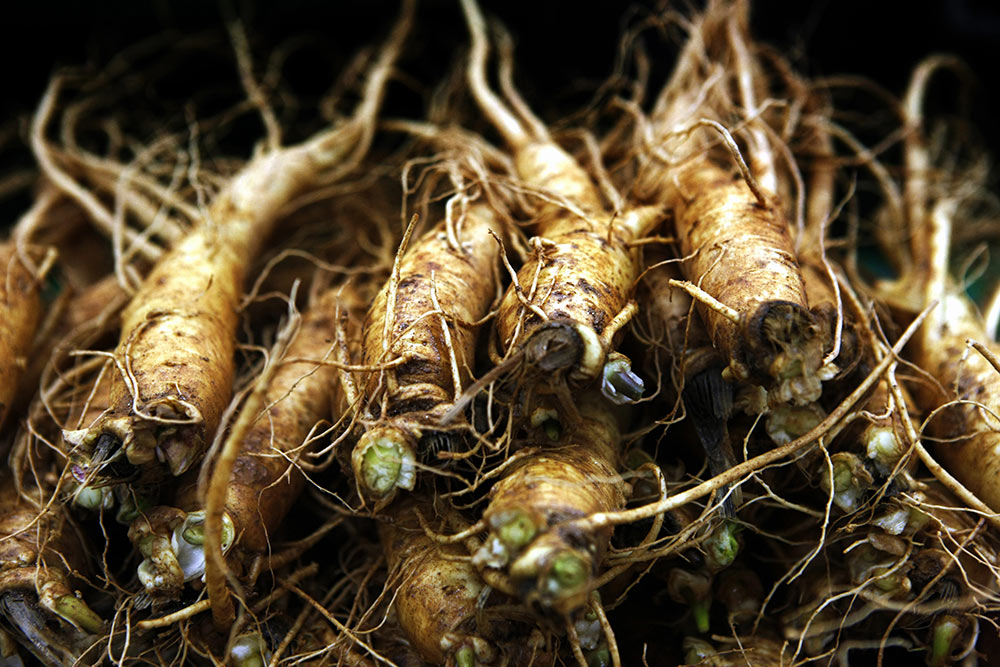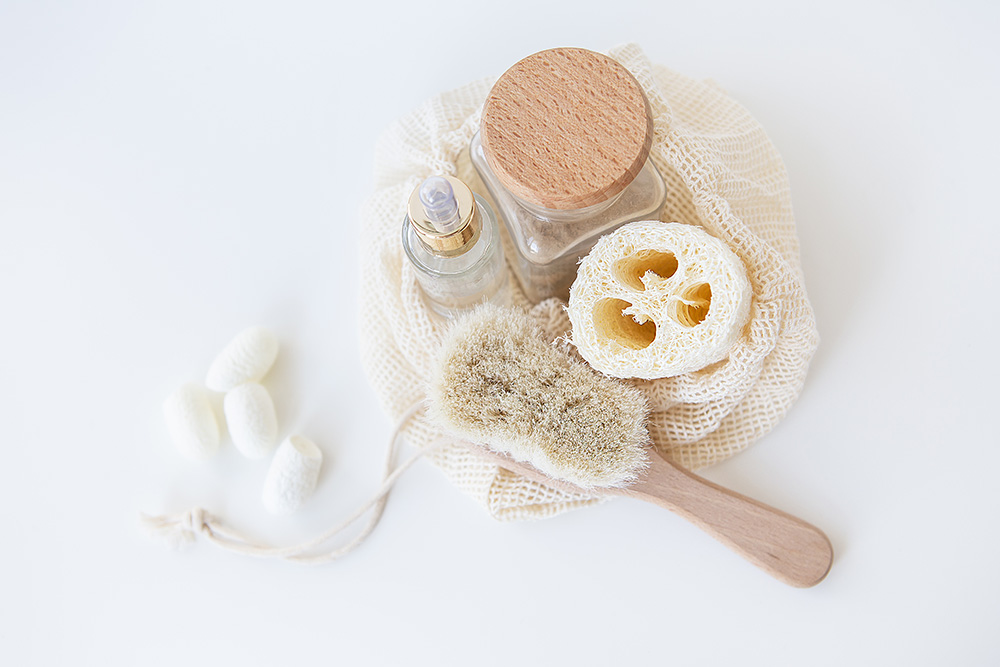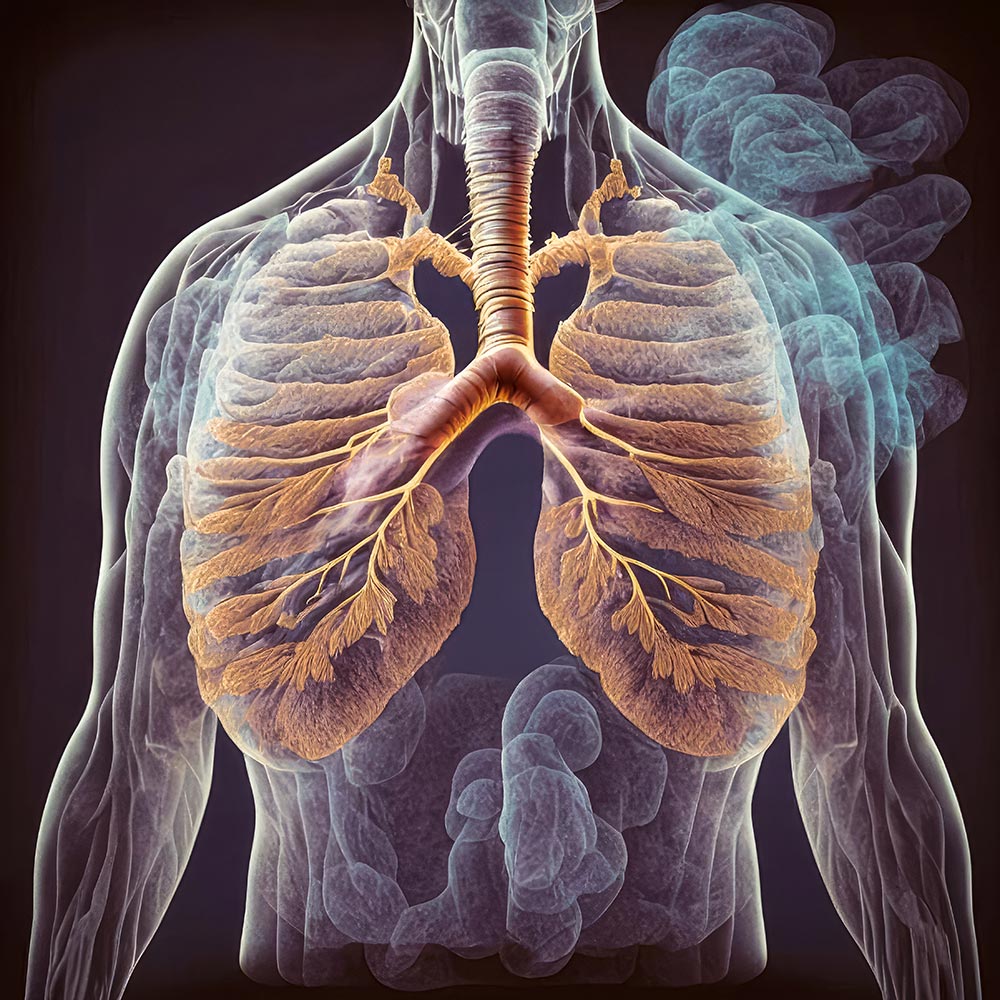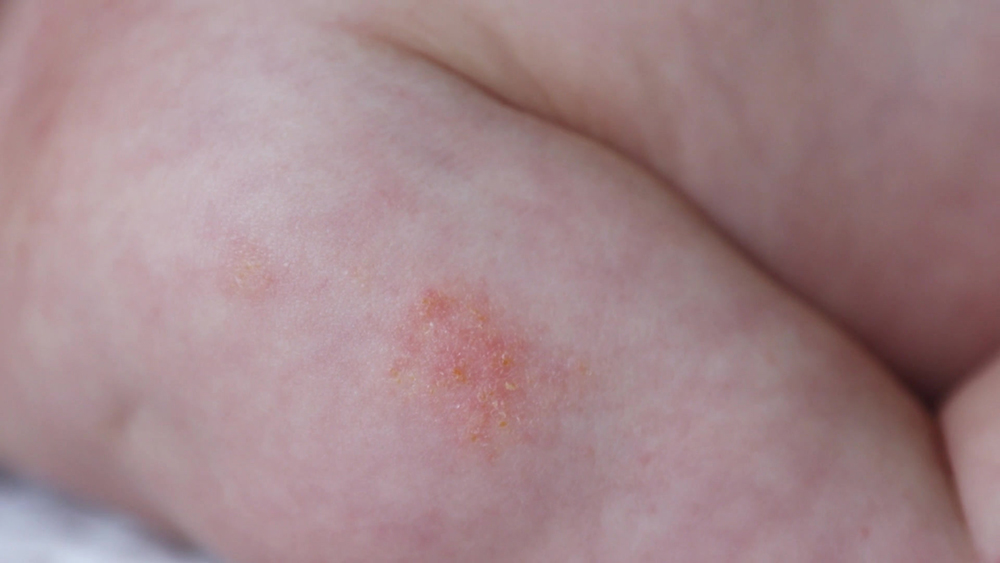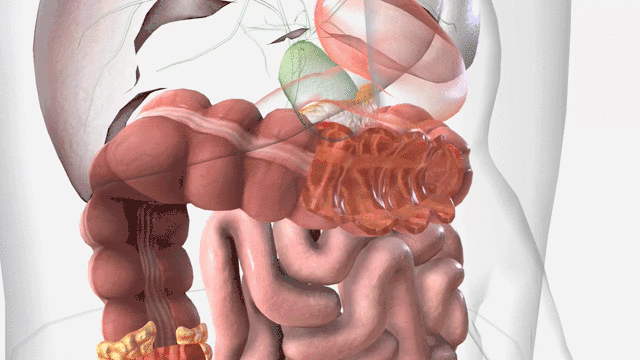
당뇨병 예방에 있어서 깨끗한 혈관의 중요한 역할
In the ongoing battle against diabetes, a condition that affects millions worldwide, medical researchers have uncovered a fascinating connection: the state of our blood vessels may hold the key to prevention. Diabetes, characterized by high blood sugar levels, can lead to severe health complications, including heart disease, kidney failure, and blindness. However, by understanding how clean blood vessels contribute to diabetes prevention, we can take proactive steps to safeguard our health.
전 세계적으로 수백만 명에게 영향을 미치는 질병인 당뇨병과의 지속적인 싸움에서 의학 연구자들은 흥미로운 연관성을 발견했습니다. 즉, 혈관 상태가 예방의 열쇠를 쥐고 있을 수 있다는 것입니다. 높은 혈당 수치를 특징으로 하는 당뇨병은 심장병, 신부전, 실명 등 심각한 건강상의 합병증을 유발할 수 있습니다. 그러나 깨끗한 혈관이 당뇨병 예방에 어떻게 기여하는지 이해함으로써 우리는 건강을 보호하기 위한 적극적인 조치를 취할 수 있습니다.
The Role of Clean Blood Vessels
깨끗한 혈관의 역할
Our blood vessels play a critical role in maintaining overall health. Arteries, veins, and capillaries form an intricate network responsible for transporting oxygen, nutrients, and immune cells throughout the body. When blood vessels become clogged with plaque—a mixture of cholesterol, fat, and other substances—they narrow, impeding blood flow and increasing the risk of various health problems, including diabetes.
우리의 혈관은 전반적인 건강을 유지하는 데 중요한 역할을 합니다. 동맥, 정맥, 모세혈관은 몸 전체에 산소, 영양분, 면역 세포를 운반하는 역할을 하는 복잡한 네트워크를 형성합니다. 혈관이 콜레스테롤, 지방 및 기타 물질의 혼합물인 플라크로 막히면 좁아지고 혈류를 방해하며 당뇨병을 포함한 다양한 건강 문제의 위험이 증가합니다.
Clean blood vessels, on the other hand, are free from such obstructions, allowing blood to flow smoothly and efficiently. This unimpeded circulation is essential for delivering insulin and glucose to cells, helping to regulate blood sugar levels. Moreover, clean blood vessels support the health of organs and tissues by ensuring adequate oxygen and nutrient supply.
반면 깨끗한 혈관은 이러한 방해물이 없어 혈액이 원활하고 효율적으로 흐를 수 있습니다. 이러한 방해받지 않는 순환은 인슐린과 포도당을 세포에 전달하는 데 필수적이며 혈당 수치를 조절하는 데 도움이 됩니다. 또한 깨끗한 혈관은 적절한 산소와 영양분 공급을 보장하여 장기와 조직의 건강을 지원합니다.
Preventing Diabetes Through Vascular Health
혈관 건강을 통한 당뇨병 예방
Maintaining clean blood vessels is integral to diabetes prevention. Several lifestyle factors contribute to vascular health, including:
깨끗한 혈관을 유지하는 것은 당뇨병 예방에 필수적입니다. 다음과 같은 여러 생활 방식 요인이 혈관 건강에 기여합니다.
Healthy Diet: Consuming a balanced diet rich in fruits, vegetables, whole grains, and lean proteins can help prevent the buildup of plaque in blood vessels. Limiting intake of processed foods, sugary snacks, and saturated fats is also crucial for vascular health.
건강한 식단: 과일, 채소, 통곡물, 저지방 단백질이 풍부한 균형 잡힌 식단을 섭취하면 혈관에 플라크가 쌓이는 것을 예방하는 데 도움이 될 수 있습니다. 가공식품, 단 스낵, 포화지방의 섭취를 제한하는 것도 혈관 건강에 중요합니다.
Regular Exercise: Physical activity promotes blood circulation and helps regulate blood pressure and cholesterol levels. Aim for at least 150 minutes of moderate-intensity exercise per week to support vascular health and reduce the risk of diabetes.
규칙적인 운동: 신체 활동은 혈액 순환을 촉진하고 혈압과 콜레스테롤 수치를 조절하는 데 도움이 됩니다. 혈관 건강을 유지하고 당뇨병 위험을 줄이려면 일주일에 최소 150분 동안 중간 강도의 운동을 하는 것을 목표로 하세요.
Weight Management: Excess body weight, especially abdominal fat, increases the risk of insulin resistance and diabetes. Maintaining a healthy weight through a combination of diet and exercise is essential for preventing vascular damage and diabetes.
체중 관리: 과도한 체중, 특히 복부 지방은 인슐린 저항성과 당뇨병의 위험을 증가시킵니다. 혈관 손상과 당뇨병을 예방하려면 식이요법과 운동을 병행하여 건강한 체중을 유지하는 것이 필수적입니다.
Smoking Cessation: Smoking damages blood vessels and accelerates the buildup of plaque, increasing the risk of vascular diseases and diabetes. Quitting smoking can significantly improve vascular health and reduce diabetes risk.
금연: 흡연은 혈관을 손상시키고 플라크의 축적을 가속화하여 혈관 질환 및 당뇨병의 위험을 증가시킵니다. 담배를 끊으면 혈관 건강이 크게 개선되고 당뇨병 위험이 줄어듭니다.
In conclusion, the condition of our blood vessels plays a crucial role in preventing diabetes. By maintaining clean, healthy arteries and veins through lifestyle modifications such as diet, exercise, and smoking cessation, we can reduce the risk of insulin resistance and diabetes. Understanding the intricate connection between vascular health and diabetes empowers us to take proactive steps towards better health outcomes. Let’s prioritize vascular health to safeguard against the growing epidemic of diabetes and its complications.
결론적으로, 당뇨병 예방에는 혈관 상태가 중요한 역할을 합니다. 식이요법, 운동, 금연 등 생활습관 개선을 통해 깨끗하고 건강한 동맥과 정맥을 유지함으로써 인슐린 저항성과 당뇨병의 위험을 줄일 수 있습니다. 혈관 건강과 당뇨병 사이의 복잡한 연관성을 이해하면 더 나은 건강 결과를 향한 적극적인 조치를 취할 수 있습니다. 늘어나는 당뇨병과 그 합병증을 예방하기 위해 혈관 건강을 최우선으로 생각합시다.
- Hu, F. B. (2011). Globalization of Diabetes: The Role of Diet, Lifestyle, and Genes. Diabetes Care, 34(6), 1249–1257. doi:10.2337/dc11-0442
- Mozaffarian, D., & Rimm, E. B. (2006). Fish Intake, Contaminants, and Human Health: Evaluating the Risks and the Benefits. JAMA, 296(15), 1885–1899. doi:10.1001/jama.296.15.1885
- Lichtenstein, A. H., Appel, L. J., Brands, M., Carnethon, M., Daniels, S., Franch, H. A., … Wylie-Rosett, J. (2006). Diet and Lifestyle Recommendations Revision 2006. Circulation, 114(1), 82–96. doi:10.1161/circulationaha.106.176158
- American Heart Association. (n.d.). Physical Activity and Cardiovascular Health. Retrieved from https://www.heart.org/en/healthy-living/fitness/fitness-basics/aha-recs-for-physical-activity-in-adults
- Eckel, R. H., Kahn, S. E., Ferrannini, E., Goldfine, A. B., Nathan, D. M., Schwartz, M. W., … Smith, S. R. (2011). Obesity and Type 2 Diabetes: What Can Be Unified and What Needs to Be Individualized? Diabetes Care, 34(6), 1424–1430. doi:10.2337/dc11-0447
- U.S. Department of Health and Human Services. (2020). Smoking Cessation. Retrieved from https://www.hhs.gov/ash/oah/adolescent-development/substance-use/drugs/tobacco/smoking-cessation/index.html


